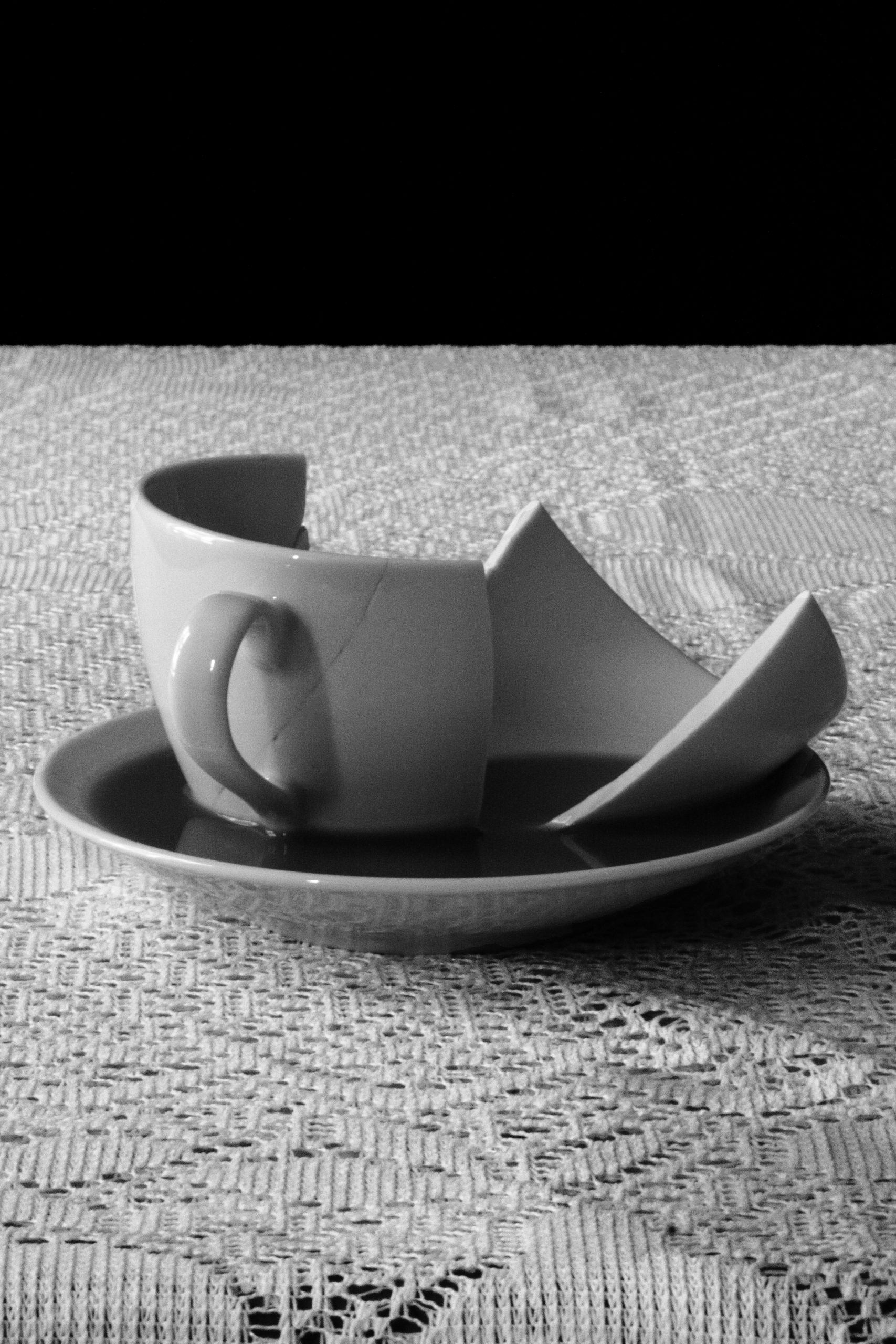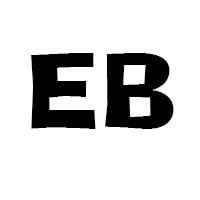
Breaking Glass – Interview with Mother Muse Collective
Breaking Glass – Mother Muse Collective
Interview with Esther Boesche
The title breaking glass is based on a German expression, that dates back to 16th year hundred where the fragility of human luck was compared to the fragility and breakability of glass. Somebody breaking too much glass means being a trouble-maker: interrupting everybody else’s peace or illusion. These images are about the relationship between myself and my upbringing in Germany. They examine the influences of cultural conditioning as well as the specific, family conditioning, I received through my parents, who were (of course) also conditioned themselves. Household objects and environments play an important role, as they are related to strong German rituals of daily life….
Where do you feel your creativity derives from?
I am driven by curiosity, passion and love. A few activities that help me to stay in balance and to foster my connection to creativity with positive energy to keep it flowing are spending time in nature, yoga, my spirituality, certain books, the exchange with other artists and making use of everyday experiences or observations that move or inspire me.
But I really believe that creativity is essentially human. People simply have different interests, and express their creativity in many different ways that are equal. I like making art because I have been doing it since my early childhood and it makes me feel alive and connected. It helps me to understand myself and to have influence on the things that I care about.
Life in fact brings always new subjects to make work about. My head is full of ideas that come and go. Some of those ideas simply refuse to leave or let go of me. Those are usually the ones that become artworks and projects.
How do you engage and attribute the strength of femininity in your life?
Though my work has very often been described as a female protest or even as photography from a fresh female perspective, I would never describe myself in this way. What is considered masculine or feminine in different cultures has brought us all into a lot of trouble and we need to continue rethinking these ideas. Essentially, I am human and that many of my works are considered as feminist statements results from the simple fact that I share my personal experiences and what I see around me.
A lot of discrimination and restriction that I experience on daily basis are straight out imposed on me because I am female. But actually, I am pushing against discrimination and restriction in general. My personal life and my art are fundamentally about freedom. I grew up believing that I can work myself out of prewritten paths for my social class and gender. I have a deep curiosity to explore what it means to be human, to have emotions and to make use of the human body.
The cultural, political and social restrictions that are applied on the majority of people in this world, are often executed through discriminatory systems that keep people limited by organizing them by class – where the ones with better resources and family trees automatically succeed. Talent and creativity that could be beneficial for all stays covered because it is often not recognized when it comes from somebody who belongs to a minority or the so called lower classes.
On the surface, I am absolutely privileged and it would be bold ignorance to say that I am not. I am born white, and I grew up in a country that provides a lot of education, basic security and opportunities. But I actually grew up in a very poor worker’s family. I went my own way, against a lot of recommendations and expectations. Knowing how hard it is to break out of your given social class, it is only logical that a lot of my work deals with issues like systematic discrimination, racism, role assignments, and gender inequalities.
Can you tell us about your process? From inspiration to completion how does your vision come together?
My projects start out as impulses and ideas that appear in my head as vague daydreams or visions and at random even as hallucinations. The actual work often involves making lists and sketches, and imagining different versions. I think a lot about the different layers and messages in the piece.
Something very important in my process that I had to learn is to take breaks and look from different distances at the work. Sometimes you just have to give your own brain enough time to develop new cells. That can take a few days or even a few months. Often I have to learn new skills and research technical or material aspects. I look at different books and artists and spend a lot of time trying to understand different perspectives on my subject.
Making political art unavoidably involves some arrogance or judgement, because you say with your work that something or somebody else is wrong. Being aware of that, considering the position of the viewer becomes very important. I am interested in creating dialogue instead of telling people what they should do or believe.
I achieve that through pointing out and sharing what I see and feel with my work, instead of imprinting my opinions. That’s why a lot of my work has to do with collecting evidence and showing repetitions and connections. I want people to make their own decisions, and to connect to their own experience and memories when they see my work. It is actually the viewer who completes my work with his or her own thoughts.
Do you have a mantra or ritual that carries throughout your daily life?
I love healthy long breakfasts and I meditate daily. I also run between 5 to 10 miles at least every other day. That keeps me open and grounded, because it is important for me to get out of the house every day. These basic habits help me to deal with the excitement that comes up when I start working on something new. Making something new always means to grow and leaving your known paths.
On my way to becoming an artist I met many people who were afraid for me and told me I might only get hurt if I reach out too far and if my dreams get too big. This was blocking me from accepting conflicts or challenges and it had a huge impact on me. When I realized that, I started to make work about it.
I transformed my mind from being afraid to the mantra “It can be done”, my anxieties about failure or that I could not be strong or skilled enough changed into joy and excitement. To say, that it can be done makes you equal to everybody who did it before. This allows you to start wherever you are and with what you already have, no matter how much or little. Once you start working, most things expand and come together automatically.
What are some important lessons or learnings you would like to share with those reading this?
In my work, I am dealing with perceptions. There are many stereotypes about what artists do, what can be called art, how it has to be made, and what the intentions of artists should be. Those ideas shield what contemporary artists’ days actually look like, and the true diversity of art making. A lot of the daily artist work has to do with exhaustion, balancing day jobs, hours of research, writing emails and submissions.
Making art is a lot of difficult and rewarding work. You have to love it and you have to listen to your heart. It helps to collaborate and to surround yourself with people who believe in you, and share their experience, and give you honest critique about you and your work. It takes time and work to make something really innovative or insightful. If you do something that is unknown and different it is only natural that people’s reactions are confusion. This happens to most innovative people in all fields, as we are educated to like and do what we know already and people are trained that certain qualities are indicators for what’s good and others are indicators for what’s bad.
The more work you make, the better you get and the more you get to know yourselves and your own work. Over time you develop your own ways and strategies that work for you. Sometimes you have to take risks to move forward. But don’t be afraid about time or money, money always works itself out and so does everything else.
What do you view as extraordinary?
Everything about life and existence is sort of extraordinary and beautiful when you really look at it with love and curiosity. When I am looking back, I could say, that I feel lucky and blessed to be able to follow my dreams. I really enjoy where I am at and what I am doing.
I don’t see myself as smarter as the rest of the world, and I want to encourage and empower other people, with my work. I want everybody to believe that they can follow their dreams and choose their own ways outside of given systems. Of course you have to be brave and take risks at certain times. Not everybody will like or understand your path or choices. Change and progress can be scary and intimidating, but what is really extraordinary is how much love and help you will find and how much is possible if you start to admit what it is what you really want and feel driven to do. A lot of support appears, once you start believing in your dreams and working on them.
What are you working on right now?
I am currently reading Nietzsche`s Genealogy of Morality, which sheds a completely new light on what is understood as good or bad and evil. The book explains where those values origin from: What is good and bad was actually determined by the good ones — or in other words by the ones in power.
This is an important book for me that is really influencing and changing my perspective, on morals and expectations. It makes me rethink and question what we accept, that we have to live and act in certain ways and serve certain morals and expectations without questions. I think that the book will add some interesting layers and ideas to my new work.


